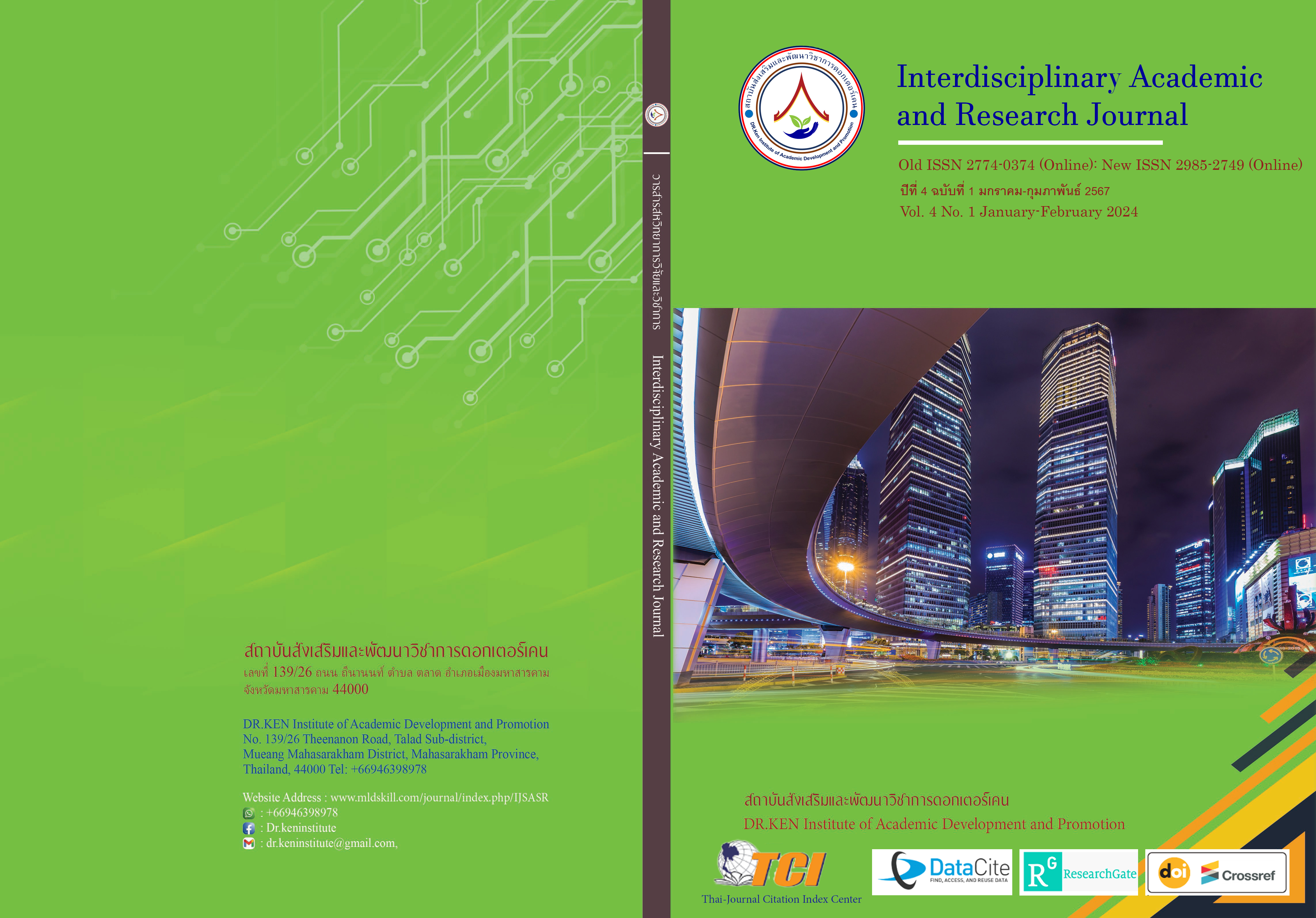Lesson Learned from the Initial Phase of the Development Process of CEFR-Based Uttaradit Rajabhat University Test of English Proficiency
DOI:
https://doi.org/10.60027/iarj.2024.273940Keywords:
Test of English Proficiency; , Test Validity; , Test Reliability; , Public MediaAbstract
Background and Aims: The development of the CEFR-Based Test of English Proficiency enriches the broader field of language assessment. By sharing valuable insights into the complexities of aligning assessments with international frameworks. Thus, this academic article aims to present the lesson learned during the initial phase of the development process of the CEFR-Based Uttaradit Rajabhat University Test of English Proficiency (URU-TEP). Linking the URU-TEP to the Common European Framework of Reference for Languages (CEFR), widely used as a reference in English as a Foreign Language (EFL) education, is crucial if test results are to be interpreted under the CEFR levels.
Methodology: This study used the method of studying documents and related research, using thematic analysis and presenting descriptive information.
Results: the finding is divided into four sections: the current state of the English proficiency test at URU, the process of developing the five-skill URU-TEP based on the CEFR, the process of obtaining test validity and reliability, and opportunities and challenges.
Conclusion: The essence of the discovery is to enhance understanding in various areas. of the English proficiency testing process at Uttaradit Rajabhat University It also emphasizes consideration of the validity and reliability of the test to support quality and improve the examination process in the future.
References
CambridgeUniversityPress&Assessment. (2023). English language assessment. Retrieved from https://www.cambridgeenglish.org/exams-and-tests/cefr/
CouncilOfEurope. (2023). Global scale: Common reference levels. Retrieved from https://www.coe.int/en/web/common-european-framework-reference-languages/table-1-cefr-3.3-common-reference-levels-global-scale
Hawes, C. (2020). CEFR & language teaching standardization at Suratthani Rajabhat University. Journal of Humanities and Social Sciences, 12(2), 59-77.
Mohamad Uri, N. (2023). Challenges in CEFR adoption: Teachers' understanding and classroom practice. International Journal of Modern Languages and Applied Linguistics, 7(1), 49-62.
Nakanitanon, P. (2021). Linking an English proficiency test to the CEFR: Setting valid cut scores. The New English Teacher, 15(1), 53-64.
Sridhanyarat, K., Pathong, S., Suranakkharin, T., & Ammaralikit, A. (2021). The development of STEP, the CEFR-Based English proficiency test. English Language Teaching, 14(7), 95-106.
Tannenbaum, R., & Baron, P. (2011). Mapping TOEFL ITP scores onto the Common European Framework of Reference. Princeton: NJ: Educational Testing Service.
Tannenbaum, R., & Baron, P. (2015). Mapping scores from the TOEFL Junior Comprehensive test onto the Common European Framework of Reference (CEFR). Princeton: NJ: Educational Testing Service.
Tannenbaum, R., & Wylie, E. (2008). Linking English-language test scores onto the Common European Framework of Reference: An application of standard-setting methodology. Princeton: NJ: Education Testing Service.
Tannenbaum, R., & Wylie, E. (2019). Mapping the TOEIC Tests on the Common European Framework of Reference. Princeton: NJ: Education Testing Service.
Wudthayagorn, J. (2018). Mapping the CU-TEP to the Common European Framework of Reference (CEFR). LEARN Journal: Language Education and Acquisituion Research Network, 11(2), 163-180.
Downloads
Published
How to Cite
Issue
Section
License
Copyright (c) 2024 Pittaya Yamo, Kunrawi Klinklan, Booranapong Kosenarak

This work is licensed under a Creative Commons Attribution-NonCommercial-NoDerivatives 4.0 International License.
Copyright on any article in the Interdisciplinary Academic and Research Journal is retained by the author(s) under the under the Creative Commons Attribution-NonCommercial-NoDerivatives 4.0 International License. Permission to use text, content, images, etc. of publication. Any user to read, download, copy, distribute, print, search, or link to the full texts of articles, crawl them for indexing, pass them as data to software, or use them for any other lawful purpose. But do not use it for commercial use or with the intent to benefit any business.
















.png)


